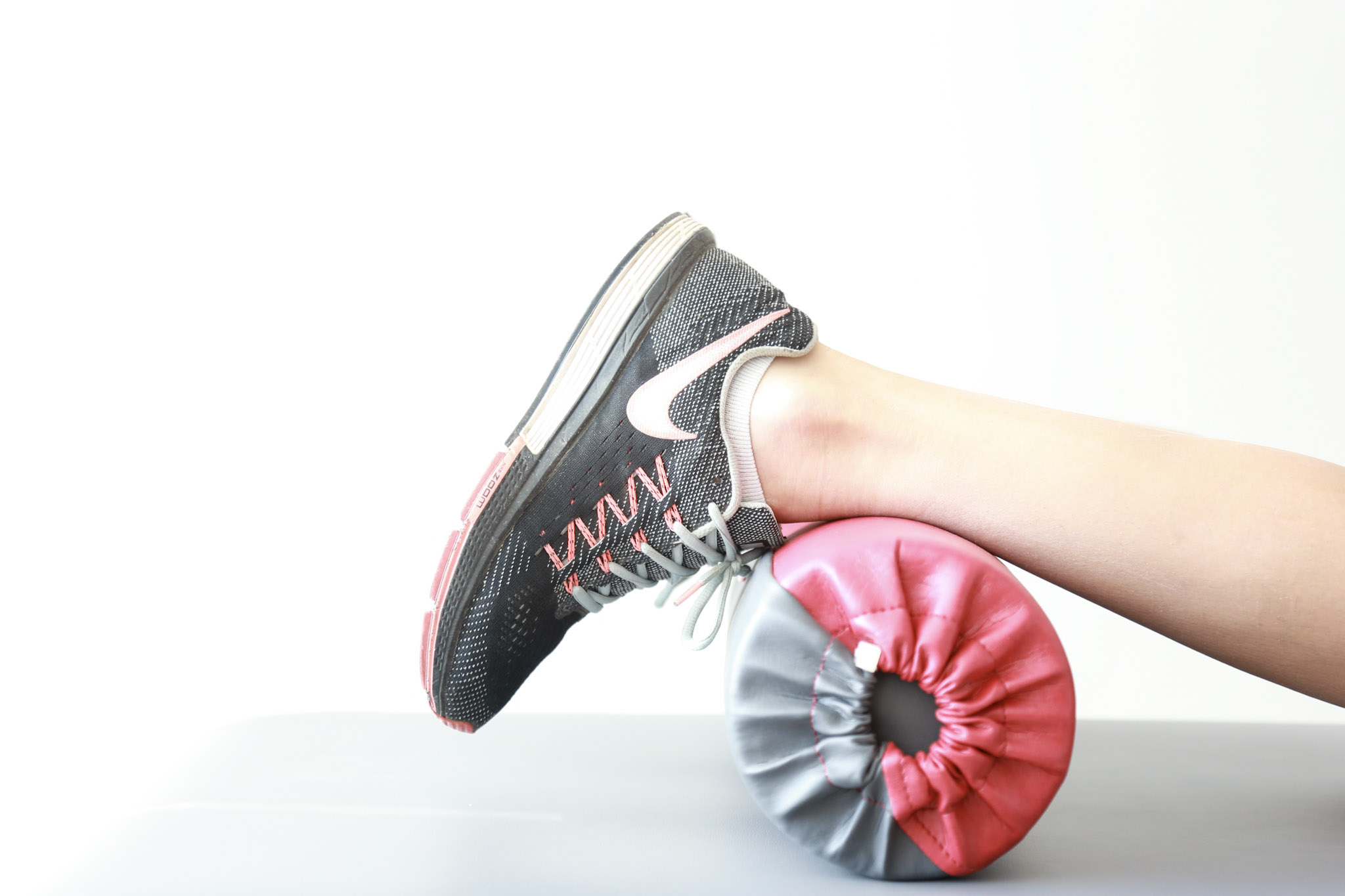As a physical therapist, a large part of the time I have with my clients is spent on educating them on their bodies. Not the body they saw in a magazine or read an article about. Or the body they had 20 years ago- but the body they walk in with.
When attempting to figure out a body’s movement history and how we’re going to change the direction of the story, it’s important that what I’m explaining makes sense to them or there won’t be any follow through when they leave my office. No amount of printed off exercise programs without a true understanding of the “why”, and how it relates to function, is going to have an impact on helping people move better and without pain. Maybe it’s my psychology major or love of creating associations and images with words, but I often teach by creating a funny visual, an alliteration, a metaphor, or a motto.
In this time of quarantine and the explosion of self improvement blogs, and articles, and free get-fit programs, on social media and the internet, I thought this would be a good time to share with you one of my PT mottos:
You need Algebra before Calculus
Ok, stick with me here. Picture walking into a calculus class and the teacher hands you a test. You realize that you somehow forgot to take Algebra I or II and that you have no idea how to do the problems in front of you. You can’t suddenly gain all the concepts you need from Algebra. And no amount of staring at the paper and plugging in different derivatives of logarithms is going to get you the right answer.* The only way you’re going to pass this test is to cheat. Because you don’t have the prerequisites.
Exercise is like this too.
A few of the basic prerequisites for exercise are core activation/stabilization, balance, and flexibility. If these aren’t trained well before you start a program, your body will cheat- also known as compensation- by using other muscles around that have similar jobs. These muscles aren’t meant to do that job so eventually they’ll fail. And when a tissue fails, you have pain and injury.
Many of the exercises being promoted on social media right now feature big movements. Fast movements. And they’re being done by really good looking people who didn’t get those fit bodies by doing a 30 day online program. That came from focusing first on their prerequisites and then building on that foundation. (They probably also have a pretty strict eating plan, and good lighting). And not all programs are designed by people who have an understanding of not only how the body moves, but how to modify exercises for people, based on what prerequisites they may not have yet. This is where physical therapists can help.
I’m going to give you a few guidelines and some examples of how these apply to some common exercises we see in many programs. This isn’t comprehensive, but it’s a good place to start.

Guidelines:
- If you can’t do the exercise with perfect form slowly, you shouldn’t do that exercise at a higher speed or with more load (weight)
- Squat: if you can’t do it with good form, doing jump squats, box jumps, or weighted squats could cause injury
- Bridging: if you can’t keep your pelvis level with a 2 legged bridge, don’t progress to a single leg or marching bridge
- If you feel discomfort in a body part that the exercise isn’t targeting, you’re probably cheating.
- Plank: if you feeling your low back or hip flexors working, you are compensating and not using your deep core
- V ups (teasers), bicycles, leg lowers: if you feel it in your back or are unable to keep your lumbar spine in neutral, you don’t have a strong enough base for this exercise. If your stomach is pooching out, you’re not using your deep core.
- No exercise is best for everyone and modifications don’t make an exercise less effective.
- A plank on your knees where you activate your core is better than a full plank that compensates with your lumbar spine
- Walking with good core control is better than running with poor control
- Abdominal exercises-if you can’t do the high level core exercises correctly bringing your legs in closer to your body, or doing toe taps is more effective if you can do it while using your core
- Push ups- doing them on your knees, or against a countertop with correct form is more effective than doing a full push up with compensations.
So, what now? Check in with your body, with the program you’re doing, and these guidelines. Do you know if you have the prerequisites for the exercise program you’ve started? If not, that’s ok! Check in with your PT- we are movement professionals and we specialize in assessing your current body and all the components and prerequisites you need to move well. And if you’re currently in pain- we’re really good at helping you get on the right track for exercise.
*Disclaimer- all calculus references were Googled. It would be false to assume the author remembers anything from calculus.


